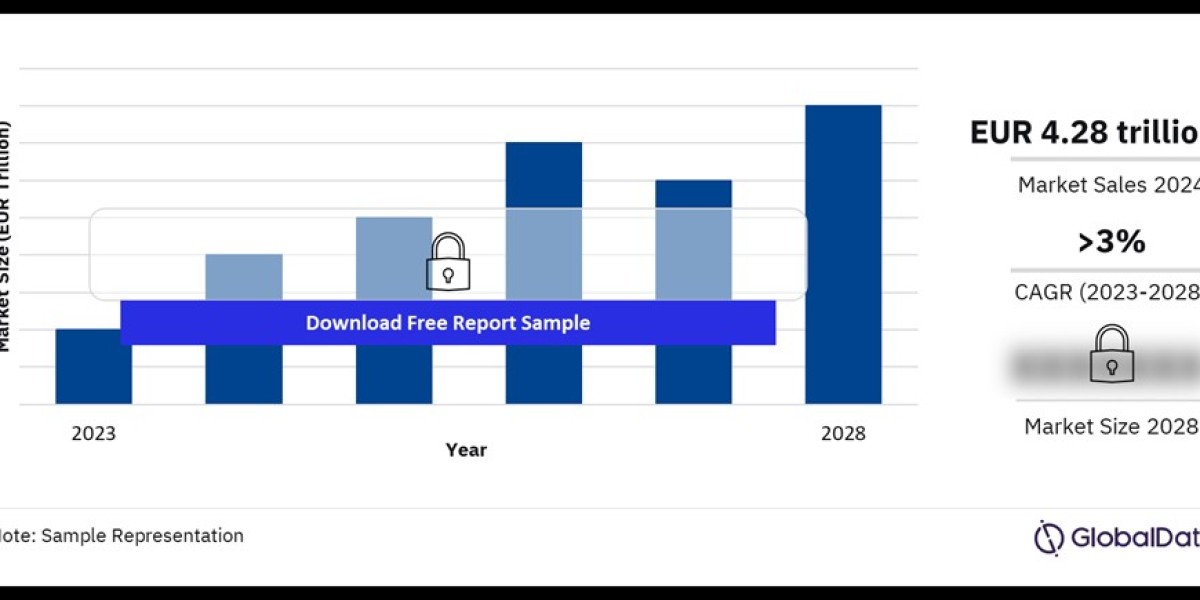The European retail market is one of the most dynamic and influential in the world. With its rich history, diverse consumer base, and evolving technological landscape, this market plays a crucial role in shaping global retail trends. From traditional brick-and-mortar stores to the rise of e-commerce, the European retail sector has seen significant transformations over the past few decades. This article delves into the key drivers of growth, emerging trends, and future prospects of the European retail market.
1. Market Overview
The European retail market encompasses a wide range of sectors, including fashion, electronics, food and beverages, and home goods. It is characterized by a mix of large multinational retailers, small independent stores, and a growing number of online-only brands. The market is highly competitive, with consumer preferences constantly shifting toward convenience, sustainability, and digital experiences.
In 2023, the retail sector in Europe was estimated to be worth over €3 trillion, making it one of the largest retail markets globally. Countries like Germany, the United Kingdom, France, and Italy are the key players, contributing significantly to the market's overall revenue. The retail landscape in these countries is shaped by strong consumer spending, robust infrastructure, and a high degree of digital adoption.
2. Key Drivers of Growth
Several factors have been driving the growth of the European retail market:
a. Digital Transformation:
The digital revolution has fundamentally altered how consumers shop and interact with brands. The proliferation of smartphones, high-speed internet, and social media platforms has made online shopping more accessible and convenient. Retailers are increasingly investing in e-commerce platforms, mobile apps, and omnichannel strategies to provide a seamless shopping experience.
b. Changing Consumer Preferences:
Modern consumers are more informed and demanding than ever before. They seek personalized experiences, ethical and sustainable products, and value for money. This shift in consumer behavior has led retailers to innovate and adapt their offerings, focusing on quality, transparency, and customer engagement.
c. Economic Stability:
The European economy has shown resilience, with steady growth in GDP and low unemployment rates in many countries. This economic stability has boosted consumer confidence, leading to higher disposable incomes and increased spending on retail goods.
d. Urbanization and Demographic Changes:
Europe’s urban population is growing, and with it, the demand for convenient shopping options. Younger generations, including Millennials and Gen Z, are tech-savvy and prefer online shopping. Retailers are targeting these demographics with digital-first strategies and trendy product offerings.
3. Emerging Trends
The European retail market is witnessing several trends that are reshaping the industry:
a. Sustainability and Ethical Retailing:
Consumers are becoming more conscious of the environmental and social impact of their purchases. As a result, there is a growing demand for sustainable and ethically produced products. Retailers are responding by adopting eco-friendly practices, such as reducing plastic use, sourcing materials responsibly, and promoting circular economy initiatives.
b. Omnichannel Retailing:
The line between online and offline retail is blurring. Retailers are embracing omnichannel strategies that integrate physical stores, online platforms, and mobile apps to create a unified shopping experience. Click-and-collect services, where customers can order online and pick up in-store, are gaining popularity.
c. Technology Integration:
Technologies like artificial intelligence (AI), augmented reality (AR), and the Internet of Things (IoT) are transforming the retail landscape. AI-powered chatbots enhance customer service, AR allows virtual try-ons, and IoT devices enable smart inventory management. These technologies are helping retailers improve efficiency and customer satisfaction.
d. Personalization:
Personalized marketing is becoming a key differentiator in the European retail market. Retailers are leveraging data analytics to understand customer preferences and tailor their offerings accordingly. Personalized recommendations, targeted promotions, and customized product suggestions are enhancing the shopping experience.
4. Challenges Faced by the European Retail Market
Despite its growth potential, the European retail market faces several challenges:
a. Intense Competition:
The market is highly competitive, with numerous players vying for consumer attention. This competition puts pressure on retailers to constantly innovate and differentiate their offerings.
b. Economic Uncertainty:
Factors such as Brexit, fluctuating exchange rates, and geopolitical tensions can create economic uncertainty, affecting consumer spending patterns and business operations.
c. Supply Chain Disruptions:
Global supply chain disruptions, caused by events like the COVID-19 pandemic and geopolitical conflicts, have highlighted the vulnerabilities in retail supply chains. Retailers need to build more resilient and flexible supply chains to mitigate risks.
d. Data Privacy Concerns:
With the increasing use of digital platforms, concerns over data privacy and security have become more pronounced. Retailers must comply with stringent regulations like the General Data Protection Regulation (GDPR) and ensure the protection of customer data.
5. Future Prospects
The future of the European retail market looks promising, driven by technological advancements, changing consumer preferences, and economic growth. The adoption of digital and omnichannel strategies will continue to be a key focus for retailers. Sustainability will remain a central theme, with more retailers embracing eco-friendly practices and ethical sourcing.
Additionally, the rise of direct-to-consumer (D2C) brands and the growing influence of social commerce will shape the retail landscape. Retailers will need to invest in digital marketing, influencer partnerships, and engaging content to connect with consumers effectively.
Buy the Full Report for More Insights into the Europe Retail Market Forecast







